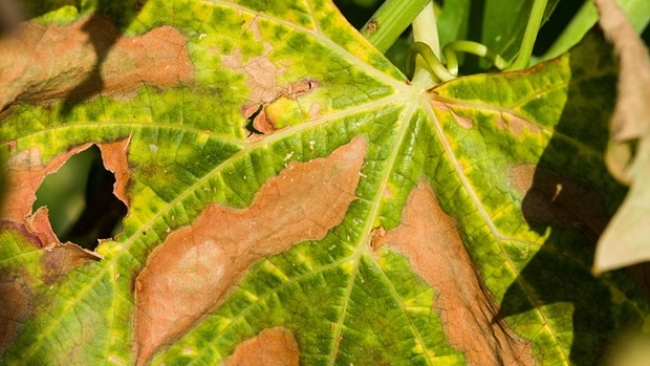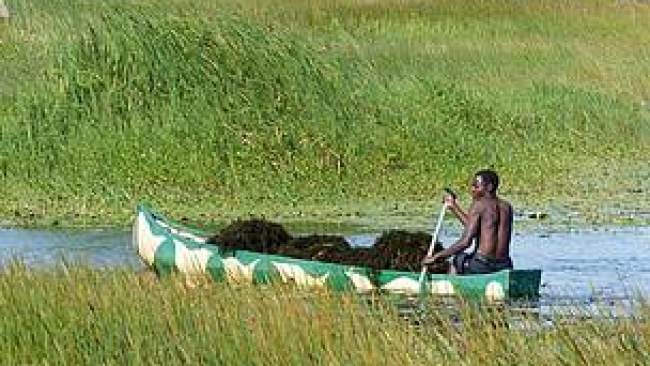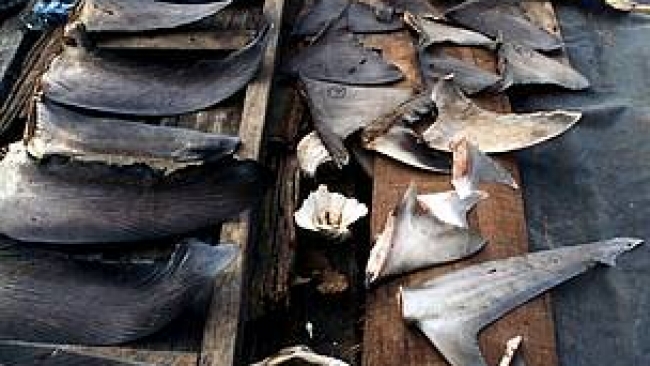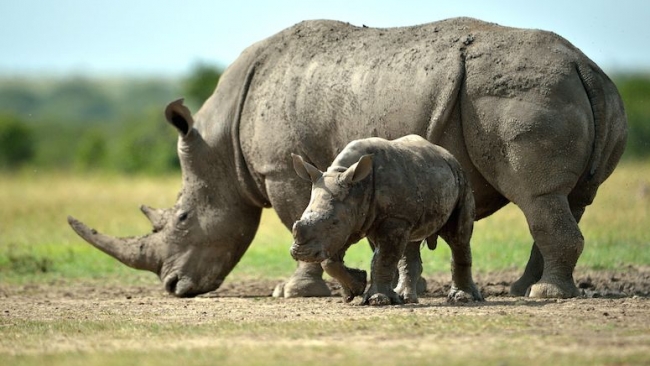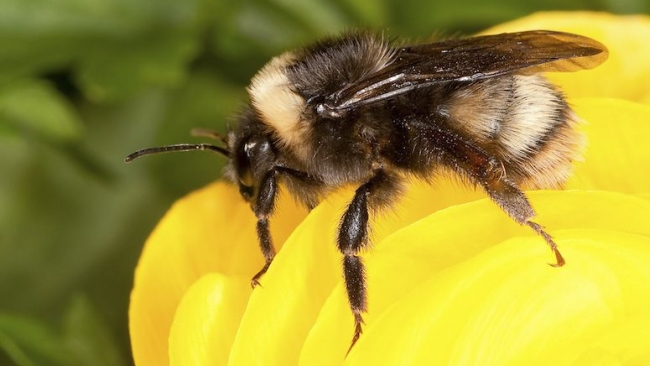Scientists call for import ban to save Europe’s salamanders from skin-eating fungus
.jpg)
A skin-eating fungus could eradicate newts and salamanders from large tracts of Europe by 2020 unless a ban on live imports of Asian species is urgently introduced, a group of scientists and NGOs has warned.
The US embargoed 201 species last month in a crackdown on the virulent Batrachochytrium salamandrivorans or “Bsal†fungus, which is thought to originate in Asia.
The pathogen has already wiped out 99.9% of the Netherlands’ glossy black and yellow fire salamander population in just three years. It is now spreading quickly across Belgium and northern Germany.
Limited monitoring makes it impossible to know whether the disease has already crossed into northern France. But captive animals in the UK are known to have contracted the disease and there is “a continuous risk of spillover to native animals,†according to Professor Frank Pasmans of Ghent University.
He and other experts believe that without emergency action plans, increased research and mitigation funds and more monitoring, the Dutch experience could soon be replicated across many of the continent’s 40 species of newts and salamanders.
“We have near-extinction events in Belgium and the Netherlands already and if you extrapolate that to a small range of endemic species in southern Europe, I think it is a matter of about three-four years before they go extinct,†Pasmans told the Guardian.
The Bsal fungus literally eats the skin away from salamanders and newts, causing fatal skin lesions, although some east Asian species such as the Japanese fire-bellied newts have a degree of resistance.
New laboratory tests though show that most European animals are as sensitive to the disease as the Dutch salamander. Arnaud Laudelout, a biologist for the Natagora conservation group, stressed that there was no one-size-fits-all response to the problem.
“In the UK the key issue is an import ban to prevent the disease from spreading to their country,†he said. “But in southern Belgium, the issue is monitoring how the disease is spreading and an import ban won’t help us a lot. In the south of Europe, the key issue is monitoring sensitive populations.â€
Because the disease could be spread on footwear, ensuring hygenic practices for academics and researchers who entered salamanders’ habitats was also crucial, he said.
Last December, the standing committee of the Bern Convention strongly recommended that its members develop action plans to deal with potential salamander extinctions, and to increase funding and monitoring efforts.
A letter sent to the European commission by 17 scientists and 27 nature organisations a week ago called for “the immediate implementation of this recommendation and for the listing of Bsal as a pathogen of Union concern under the animal health legislationâ€.
“We are asking for trade bans as a preventative measure because there are clear signs that this disease is imported from Asia,†said Anke Geeraerts, a spokeswoman for the Natuurpunt conservation group.
Source: The Gaurdian
Wed 17 Feb 2016 at 10:06
